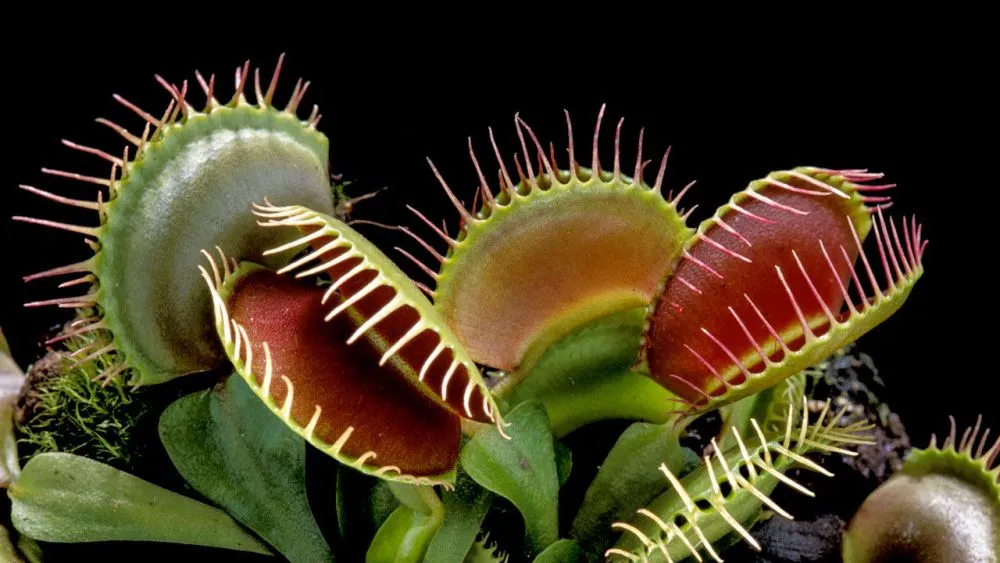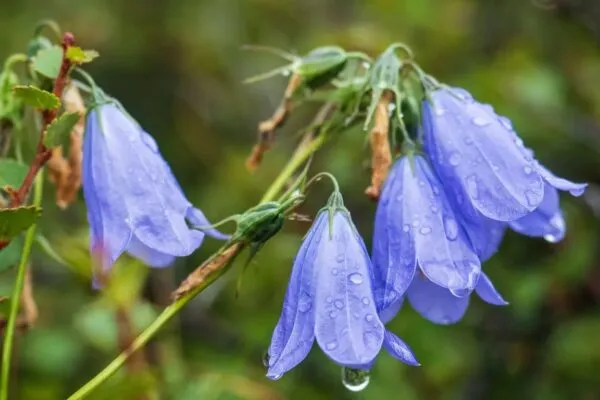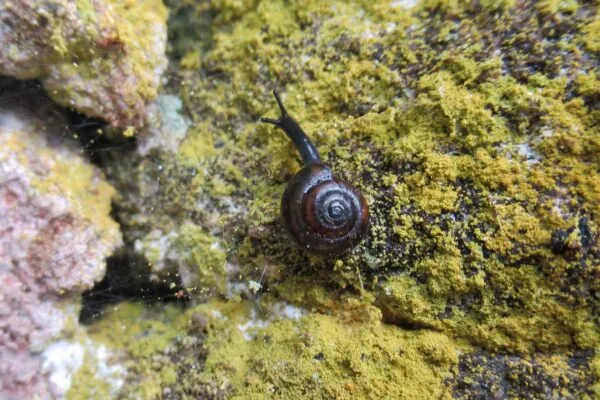Marvelous Carnivorous Plants Threatened by Imminent Extinction
When Charles Darwin first saw a Venus flytrap for the first time, he called it “one of the most wonderful plants in the world.” Carnivorous plants are a marvel of nature, and now these marvelous creations are facing the threat of extinction.
The remarkable predators that can capture and eat flies, rats, salamanders, or the droppings from shrews, are now rapidly disappearing. The first systematic assessment of carnivorous plants around the world has found a quarter of all known species are threatened by impending extinction. The scientists warn, that without urgent action, we stand to lose some of the most ecologically unique, evolutionary interesting, and horticulturally-celebrated species on the planet.
Researchers have revealed that as of January 2020, there are roughly 860 species of carnivorous plants in total. While habitats vary from plant to plant, these predator plants are generally found in wetlands. Unfortunately, these habitats are also some of the most vulnerable elements to climate change, which puts the future of carnivorous plants at odds with human activities and emissions they generate.

Image: Pascal Goetgheluck
A 2011 review of carnivorous plant species discovered habitat loss from agriculture, the collection of wild plants, pollution, and changes to natural systems were the biggest threats. The changing climatic patterns suggest that nearly 70 percent of modeled species will be adversely impacted by such changes. By 2050, several species are expected to lose 100 percent of their potential range.
From all known species, researchers discovered carnivorous plants were most diverse “in some of the most heavily cleared and disturbed areas of the planet,” including Western Australia, Southeast Asia, the Mediterranean, Brazil, and the eastern United States.
About eight percent of all species are critically endangered, six percent are endangered, 12 percent are vulnerable, and three percent are near threatened.
Globally speaking, the biggest threats to carnivorous plants are the result of agricultural practices and natural systems modifications, as well as continental scale environmental shifts caused by climate change…In Western Australia, which harbors more carnivorous plant species than any other place on Earth, the biggest threat remains the clearing of habitat to meet human needs, resulting hydrological changes, and of course the warming, drying climate trend that affects much of Australia.
Said botanist and ecologist Adam Cross from Curtin University in Australia.
Owing to their specific habitat needs, carnivorous plants are highly at risk. Even if they evade human destruction, this extreme restriction means many carnivorous plants are moving toward the edge of extinction in a speedily changing world.
Similar to every other living being, carnivorous plants are in imminent danger. Conservation efforts are essential to established immediately to prevent these species from getting lost in the coming years.


